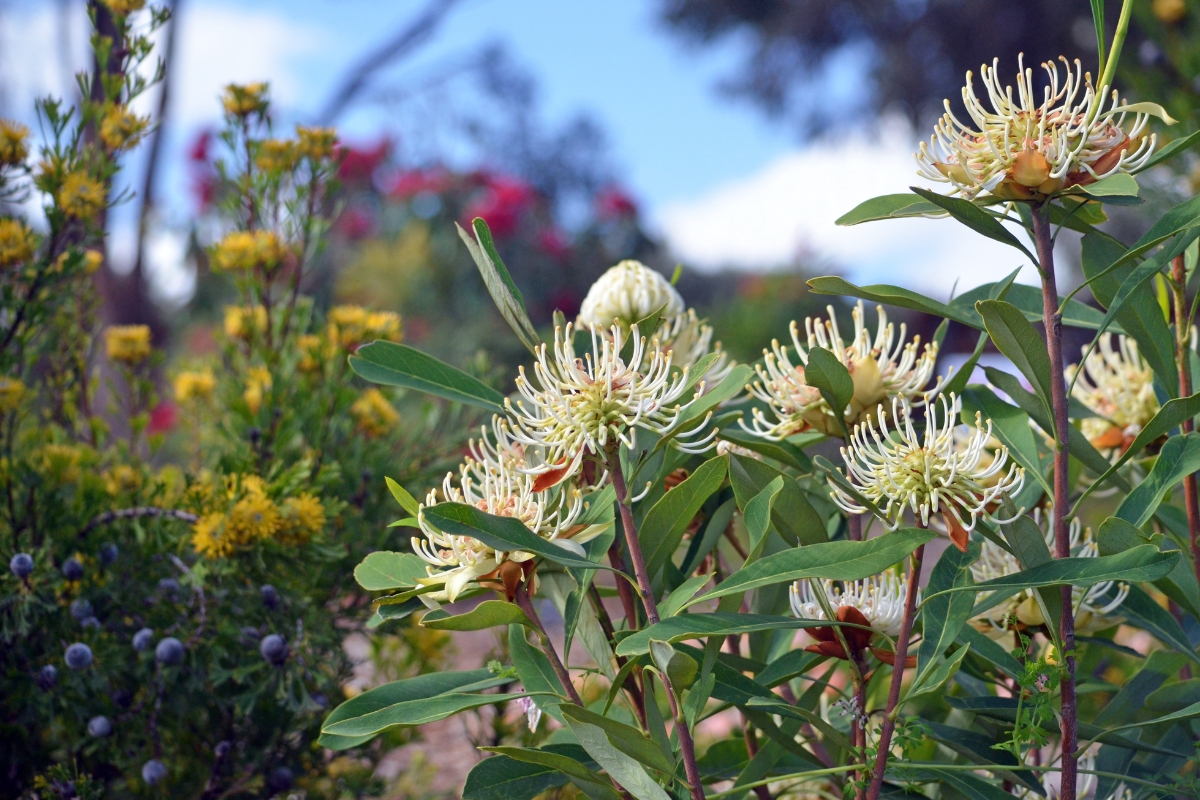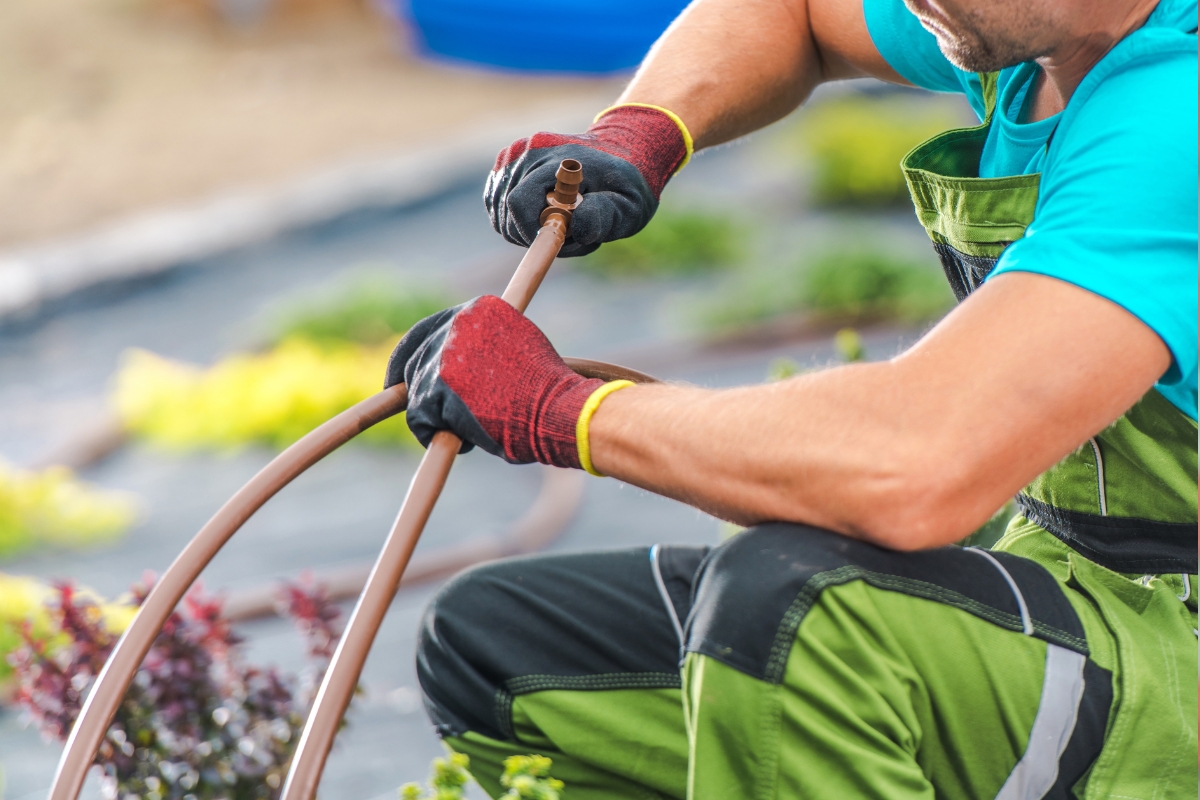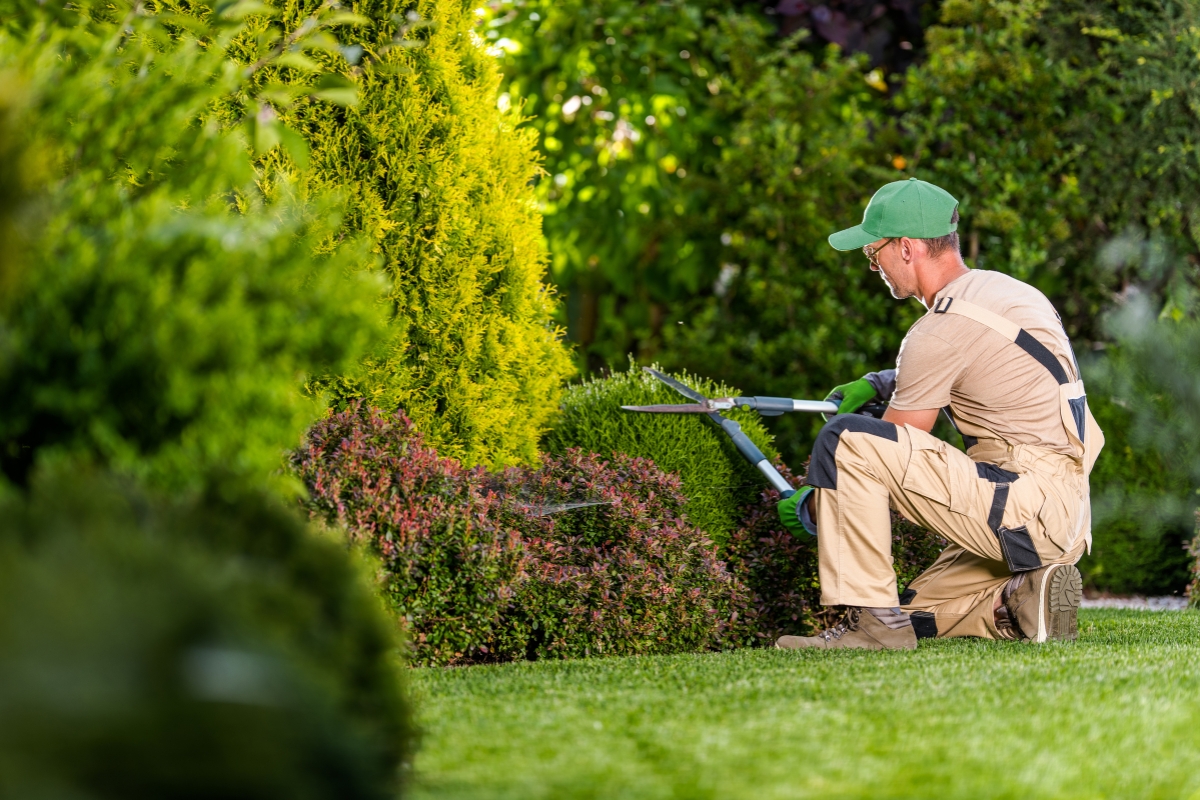Many people think Australia and think sand, sun, and surf. But there is a lot more to our landscapes than that.
Dorothea Mackellar’s famous poem, My Country, summarises it all in its four most famous lines: ‘I love a sunburnt country,/A land of sweeping plains,/ Of ragged mountain ranges,/ Of drought and flooding rains.’
It all sounds majestic and grand, but in the daily scheme of things, what does this mean for businesses and property owners who want to create landscapes and gardens that is long-lasting and easy to maintain?
The answer: A water-saving garden.

Why Water Conservation is Important in Australia
Australia has a historically precarious relationship with water. Of all of Earth’s continents, only Antarctica gets less rainfall than Australia. And out of all the rainfall Australia gets (just 470mm a year on average), it’s very unevenly distributed. In the Northern Territory, Darwin gets around 1,700mm a year whilst in South Australia, some inland towns survive on less than 200mm a year.
In Sydney, we sit somewhere in the middle, receiving 1175mm of rainfall on average per year. However, as Australia’s most populated city, efficient water usage is still of extremely high importance, especially during periods when we experience high heat, low rainfall, and drought.
By adopting water-saving strategies, we help mitigate the impact of droughts, ensure a sustainable supply for the future, and support the health of our local ecosystems.
The Business Benefits of a Water-Saving Garden
For businesses, creating water-saving landscapes brings on a multitude of additional benefits.
The first benefit, and the most impactful on your operations, is the reduction of your water bill. Gardens are one of the most water-consuming parts of any building. In fact, running a sprinkler for an hour can use more water than a family four will use in a day! By reducing the water being used for your garden or landscape, you can redirect your financial resources towards other vital areas, enhancing overall operational efficiency.
From an environmental standpoint, water-saving gardens and landscapes reduce the demand on local water reserves, which is a significant concern in Australia. They reduce your business’s environmental impact and ecological footprint, which has the added bonus of attracting eco-conscious customers to your business.
Beyond financial and environmental benefits, the strategic designs that water-saving gardens require can greatly elevate the visual appeal of your property, contributing to a positive first impression and potentially increasing real estate values. These landscapes can also improve air quality and attract local wildlife for an added bonus to your local environment.
We never know the worth of water till the well is dry. – Thomas Fuller
Six Water-Saving Tips For Your Garden

Now that you know why a water-saving garden is useful, and how to transform your landscape to be sustainable, it’s time to start implementing them in real life.
Not sure about how to do so?
Star PM is here to help. Let our Star Know-How in Commercial Landscaping and Commercial Gardening help you create a landscape that is as sustainable as it is stunning. Contact us today.

